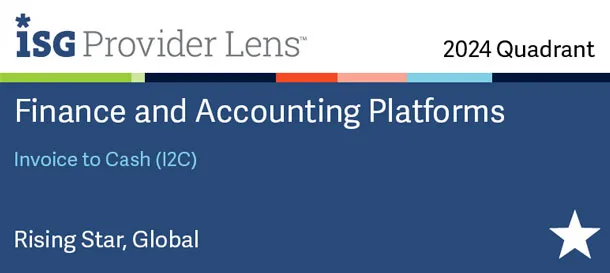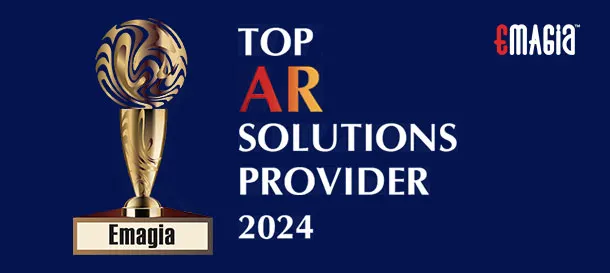Applying for credit can be a complex endeavor, whether you’re an individual seeking personal credit or a business aiming to establish credit lines. A well-structured approach is essential to navigate this process efficiently. This comprehensive guide provides a detailed checklist template to streamline your credit application journey, ensuring all critical aspects are addressed for a successful outcome.
Understanding the Credit Application Process
Before delving into the checklist, it’s crucial to comprehend the credit application process’s fundamental components. This understanding will help you navigate each step with confidence and clarity.
Importance of a Structured Credit Application
A structured credit application process is vital for several reasons:
- Ensures Completeness: Collects all necessary information systematically, reducing the likelihood of omissions.
- Facilitates Evaluation: Provides lenders with a clear and organized presentation of your financial standing.
- Mitigates Risks: Helps in identifying potential red flags early, allowing for proactive management.
Key Components of the Credit Application Process
The credit application process typically involves:
- Information Gathering: Collecting personal or business details, financial statements, and credit histories.
- Credit Assessment: Evaluating creditworthiness based on collected data and credit scores.
- Decision Making: Lenders decide to approve or deny the application based on their assessment.
- Terms Agreement: If approved, agreeing on terms such as interest rates, repayment schedules, and credit limits.
Comprehensive Credit Application Process Checklist Template
This checklist is designed to guide you through each stage of the credit application process, ensuring thorough preparation and increasing the likelihood of approval.
1. Preliminary Preparations
Assess Your Credit Needs
- Determine the purpose of the credit (e.g., personal loan, business expansion).
- Identify the exact amount required and ensure it aligns with your financial capacity.
Review Credit Policies
- Understand the lender’s credit policies and eligibility criteria.
- Ensure you meet the minimum requirements before applying.
2. Personal and Business Information Collection
Personal Applicants
- Full legal name, date of birth, and contact information.
- Social Security Number or equivalent identification.
- Employment history and current employer details.
Business Applicants
- Legal business name, address, and contact information.
- Business structure (e.g., sole proprietorship, partnership, corporation).
- Employer Identification Number (EIN) or tax identification number.
- Details of business owners and key management personnel.
3. Financial Documentation
Personal Financial Documents
- Recent pay stubs or proof of income.
- Personal bank statements for the past 3-6 months.
- Tax returns for the previous two years.
Business Financial Documents
- Balance sheets and income statements for the past two years.
- Cash flow statements and financial projections.
- Business bank statements for the past 3-6 months.
- Recent tax returns and any existing debt schedules.
4. Credit History Evaluation
- Obtain credit reports from major credit bureaus (e.g., Experian, TransUnion, Equifax).
- Review reports for accuracy and dispute any discrepancies.
- Be prepared to explain any negative items or credit issues.
5. Collateral Preparation (if applicable)
- Identify assets that can serve as collateral (e.g., property, equipment).
- Obtain professional appraisals to determine current market value.
- Ensure clear ownership and absence of existing liens on the collateral.
6. Application Completion
- Fill out the credit application form accurately and completely.
- Double-check all entries for correctness and completeness.
- Attach all required supporting documents as specified by the lender.
7. Submission and Follow-Up
- Submit the application through the lender’s preferred channel (e.g., online, in-person).
- Confirm receipt of the application and inquire about the processing timeline.
- Be responsive to any additional information requests from the lender.
8. Post-Approval Actions
If Approved:
- Review the credit agreement terms carefully.
- Seek clarification on any unclear terms before signing.
- Maintain records of all documents and correspondence.
If Denied:
- Request feedback to understand the reasons for denial.
- Address identified issues and consider reapplying in the future.
How Emagia Enhances the Credit Application Process
Emagia offers advanced solutions to streamline and optimize the credit application process:
- Automated Data Collection: Emagia’s platform automates the gathering of financial and credit information, reducing manual errors and saving time.
- Real-Time Credit Assessment: Utilizing AI-driven analytics, Emagia provides real-time creditworthiness evaluations, enabling quicker decision-making.
- Comprehensive Reporting: Generate detailed reports that offer insights into credit applications, facilitating transparency and informed decisions.
- Secure Document Management: Emagia ensures all sensitive information is stored securely, maintaining confidentiality and compliance with data protection regulations.
- Digital Mobile Responsive Credit Applications: Mobile self-service forms with digital signatures and digital reference checks.
- Credit Scoring and Auto Decisions Engine: Highly configurable scoring model and risk-based decisions.
- AI Powered Gia: Digital Finance Assistant for Credit.
- Integrated Global Credit Bureaus Reports.
By integrating Emagia’s solutions, businesses can enhance efficiency, accuracy, and security in their credit application processes.
Frequently Asked Questions
What is a credit application checklist?
A credit application checklist is a structured tool that outlines all necessary steps and documentation required during the credit application process, ensuring thorough preparation and increasing the likelihood of approval.
Why is it important to review my credit report before applying for credit?
Reviewing your credit report allows you to identify and correct any inaccuracies that could negatively impact your credit score, thereby improving your chances of approval.
How can Emagia’s platform improve the credit application process?
Emagia’s platform automates data collection, provides real-time credit assessments, offers comprehensive reporting, and ensures secure document management, all of which streamline and enhance the efficiency of the credit application process.
What should I do if my credit application is denied?
If your application is denied, request feedback to understand the reasons, address any identified issues, and consider reapplying once those issues have been resolved.
Is collateral always required for a credit application?
Collateral requirements depend on the lender and the type of credit. Some loans are unsecured and do not require collateral, while others, especially larger loans, may require assets as security.
By meticulously following this comprehensive checklist and leveraging tools like Emagia’s platform, you can navigate the credit application process with confidence and efficiency, increasing the likelihood of a favorable outcome.







